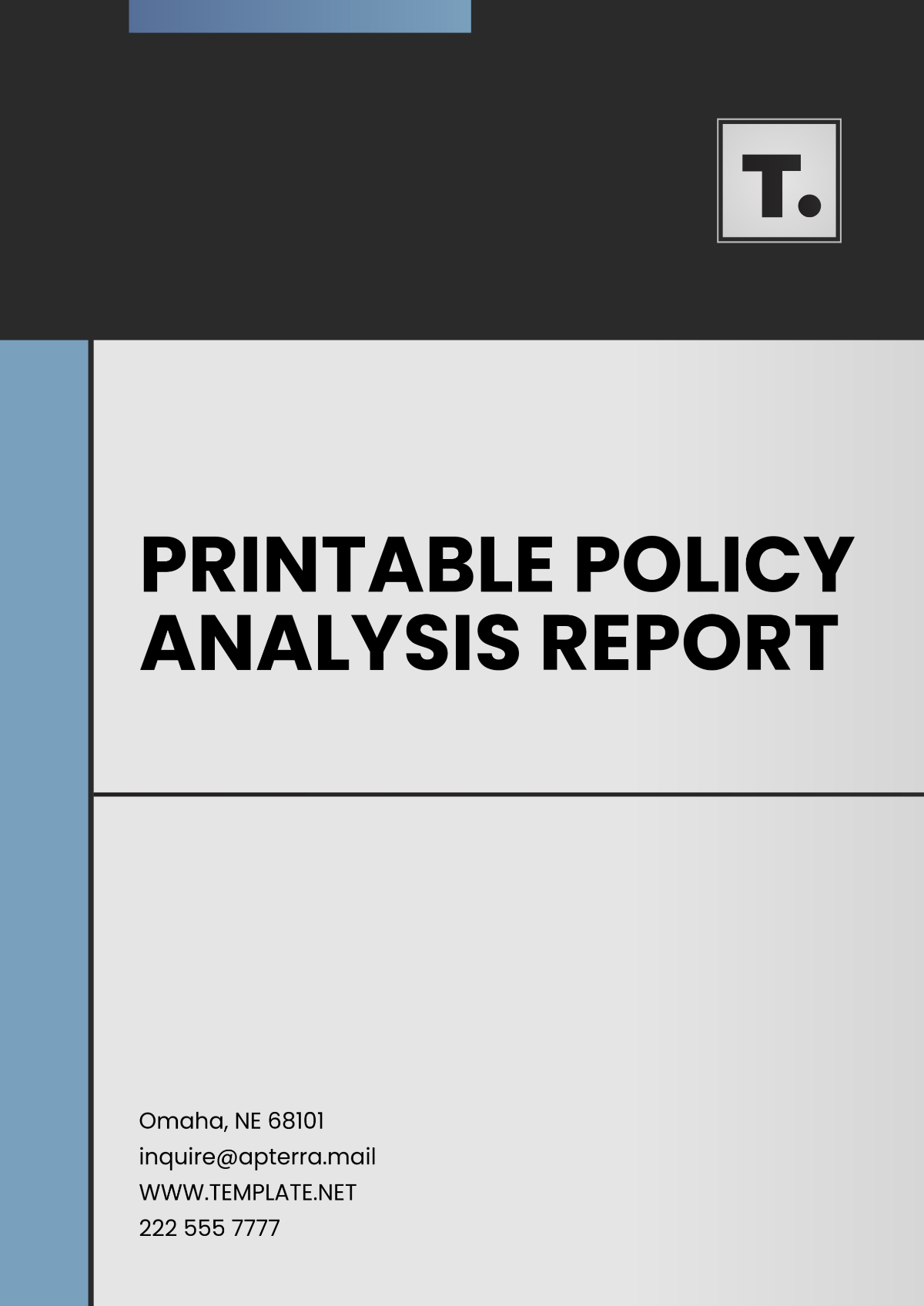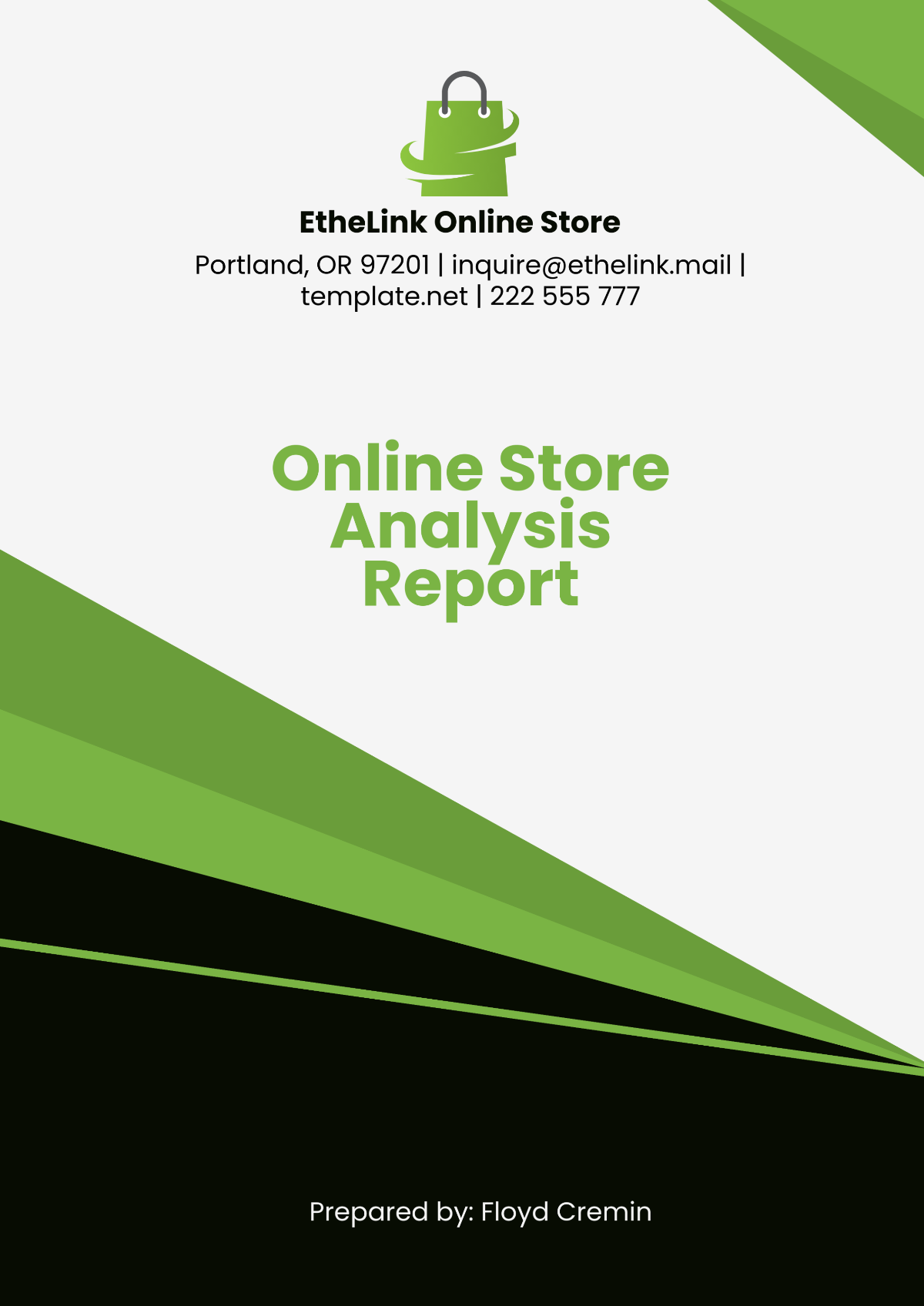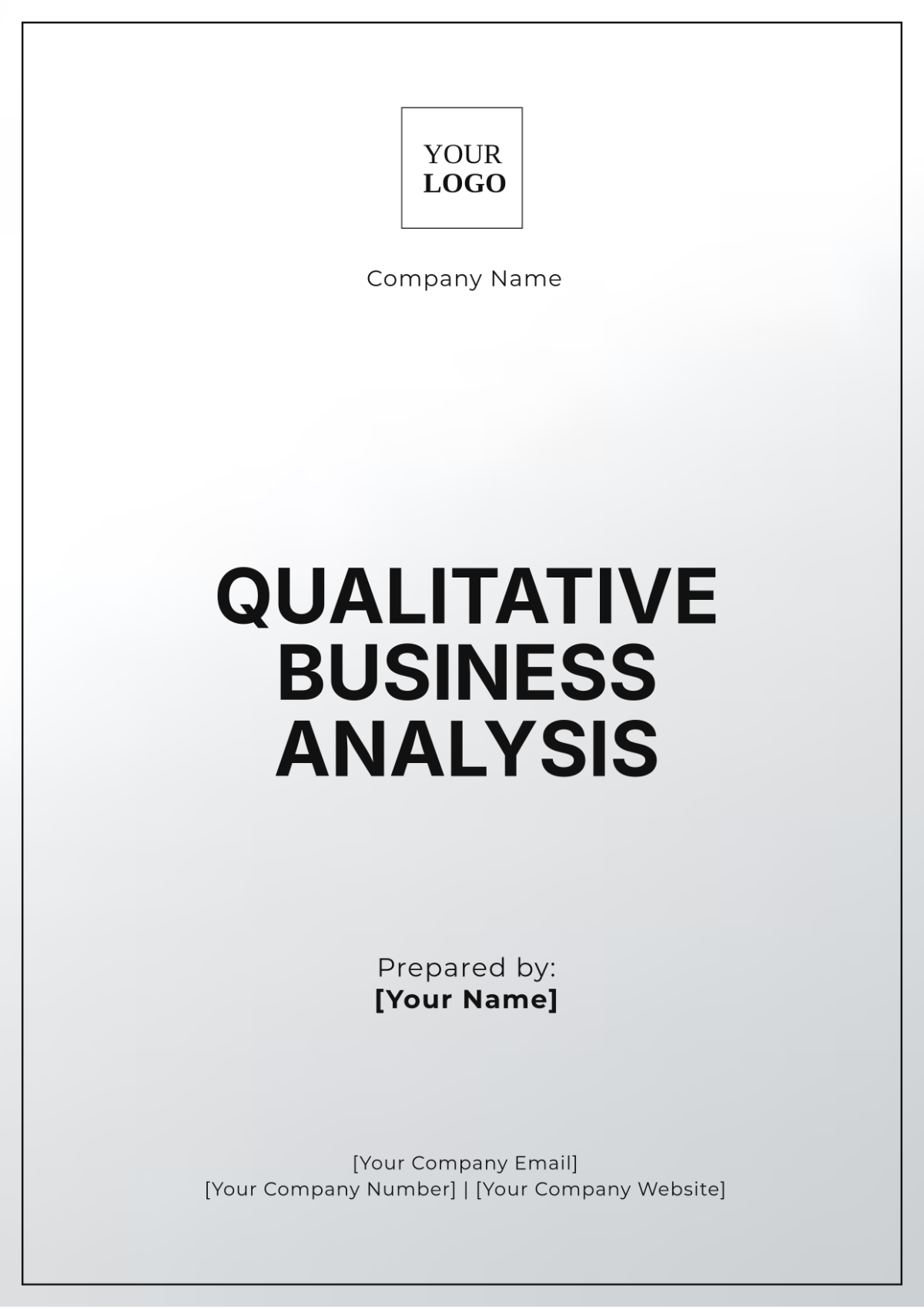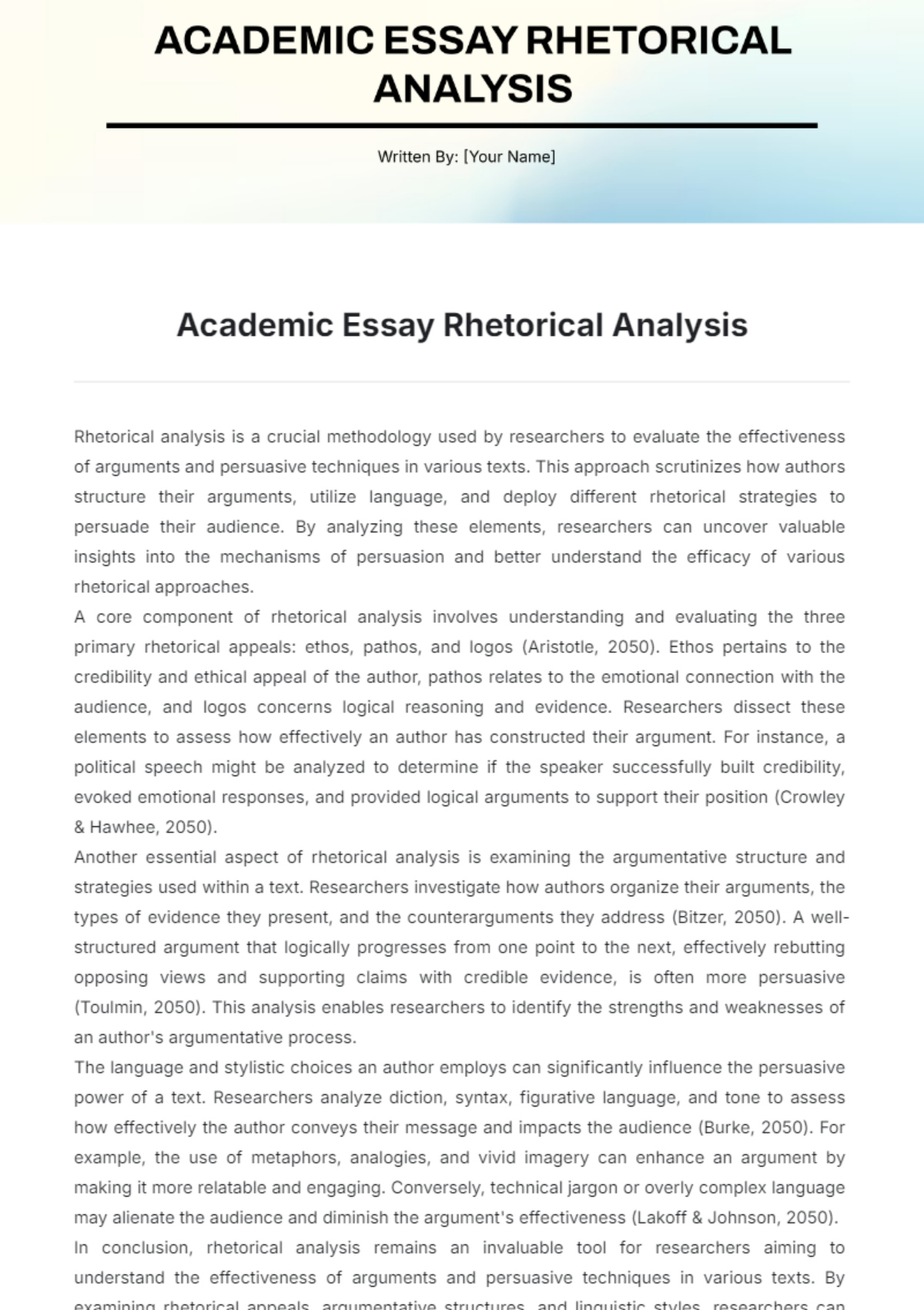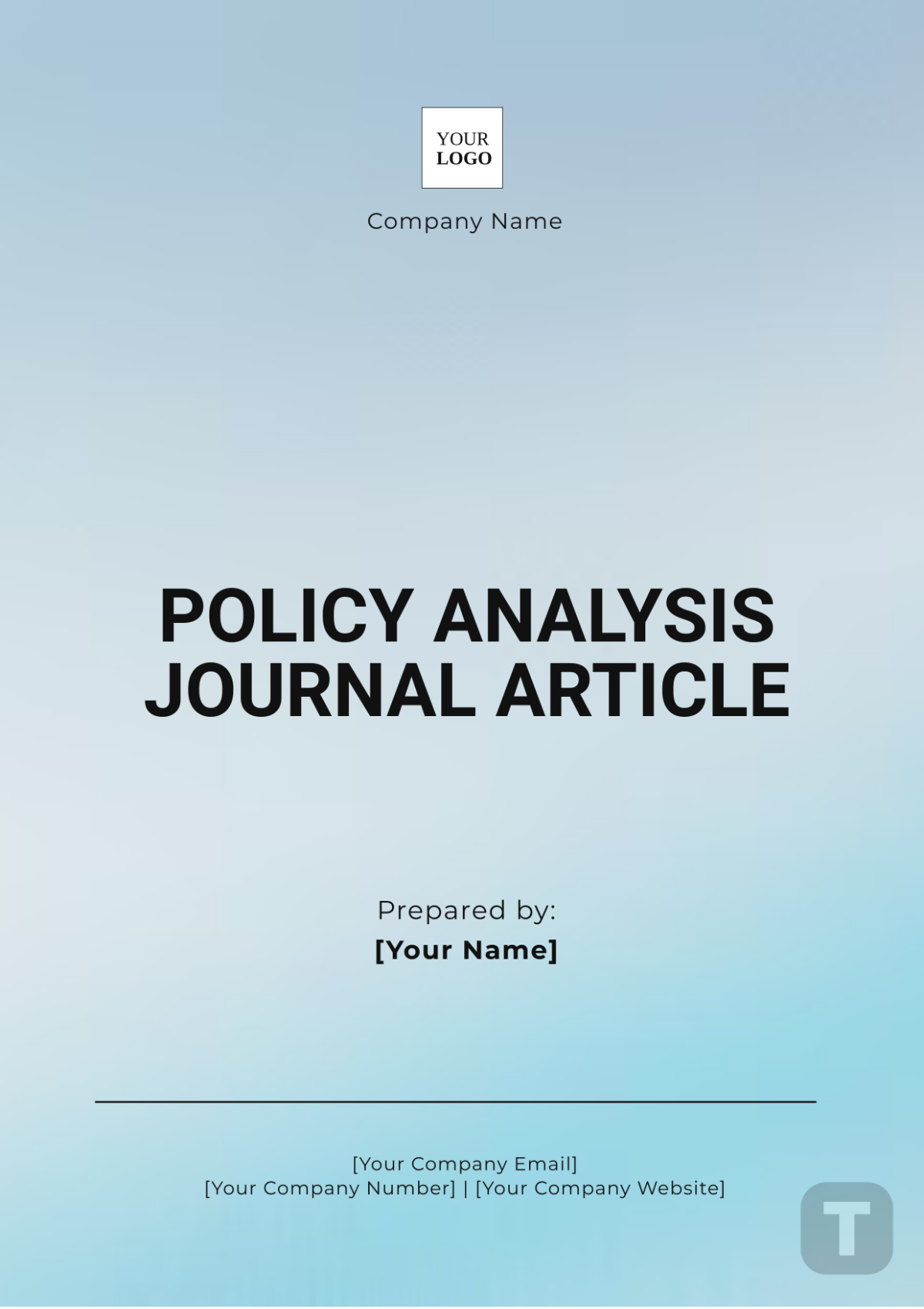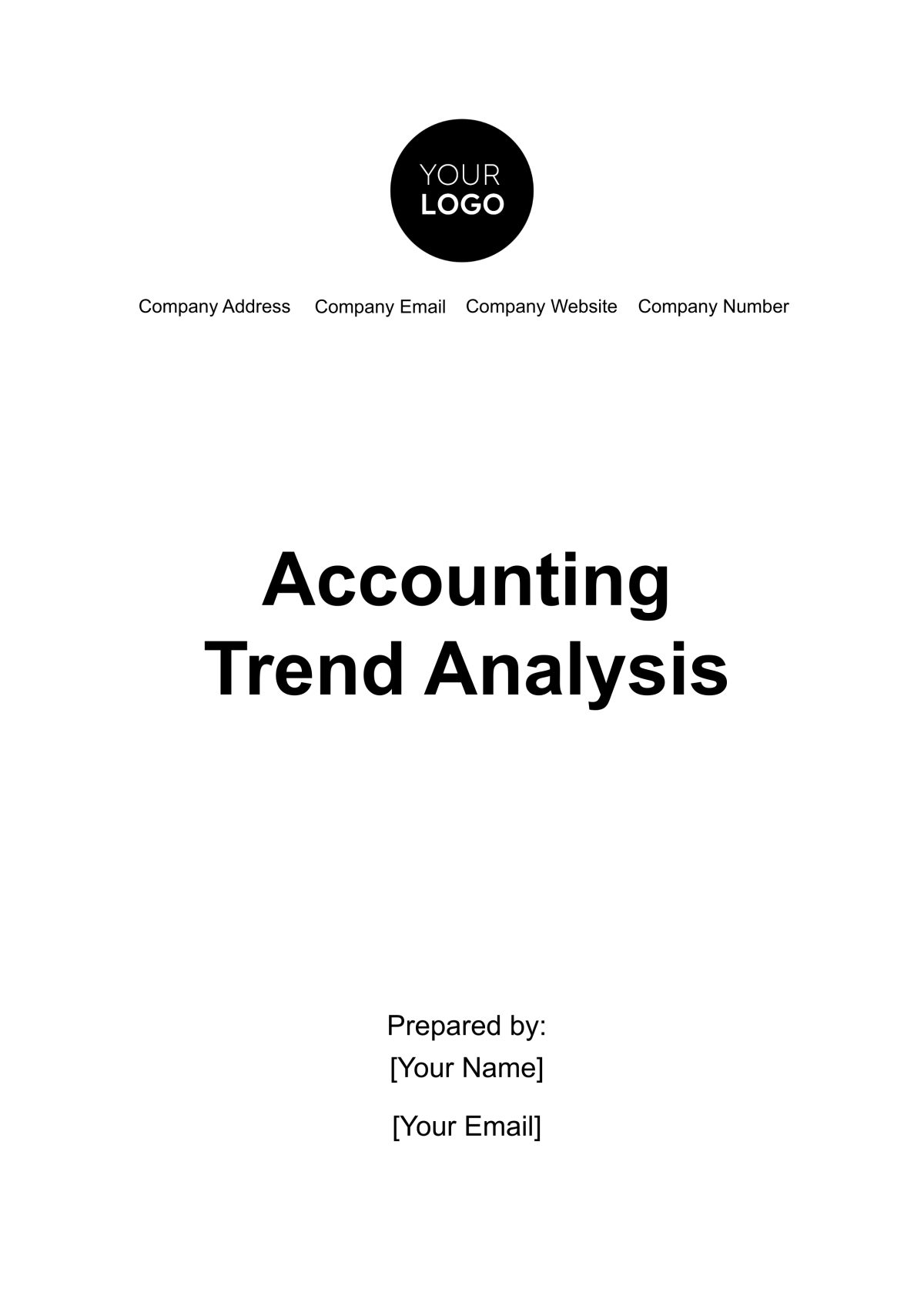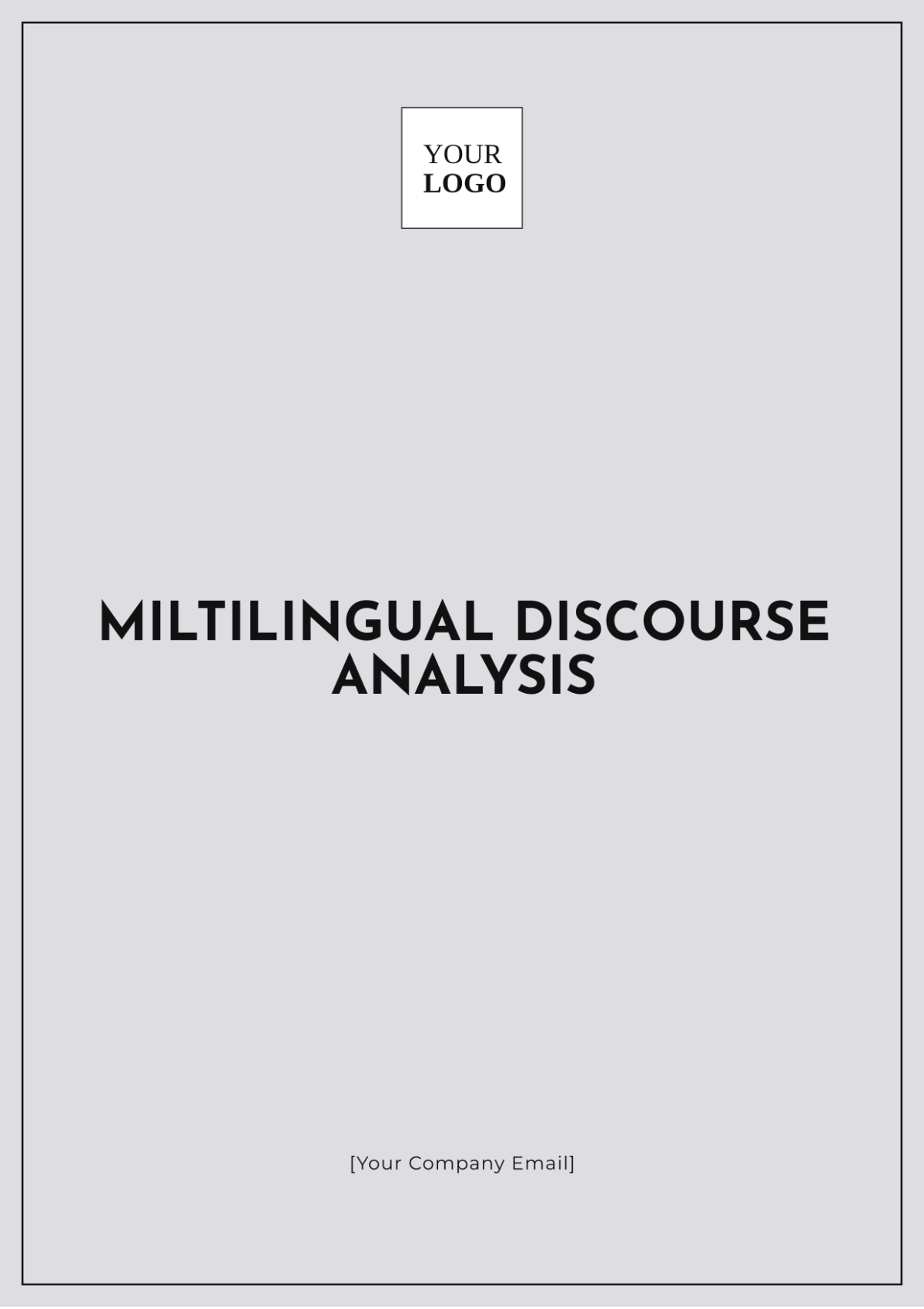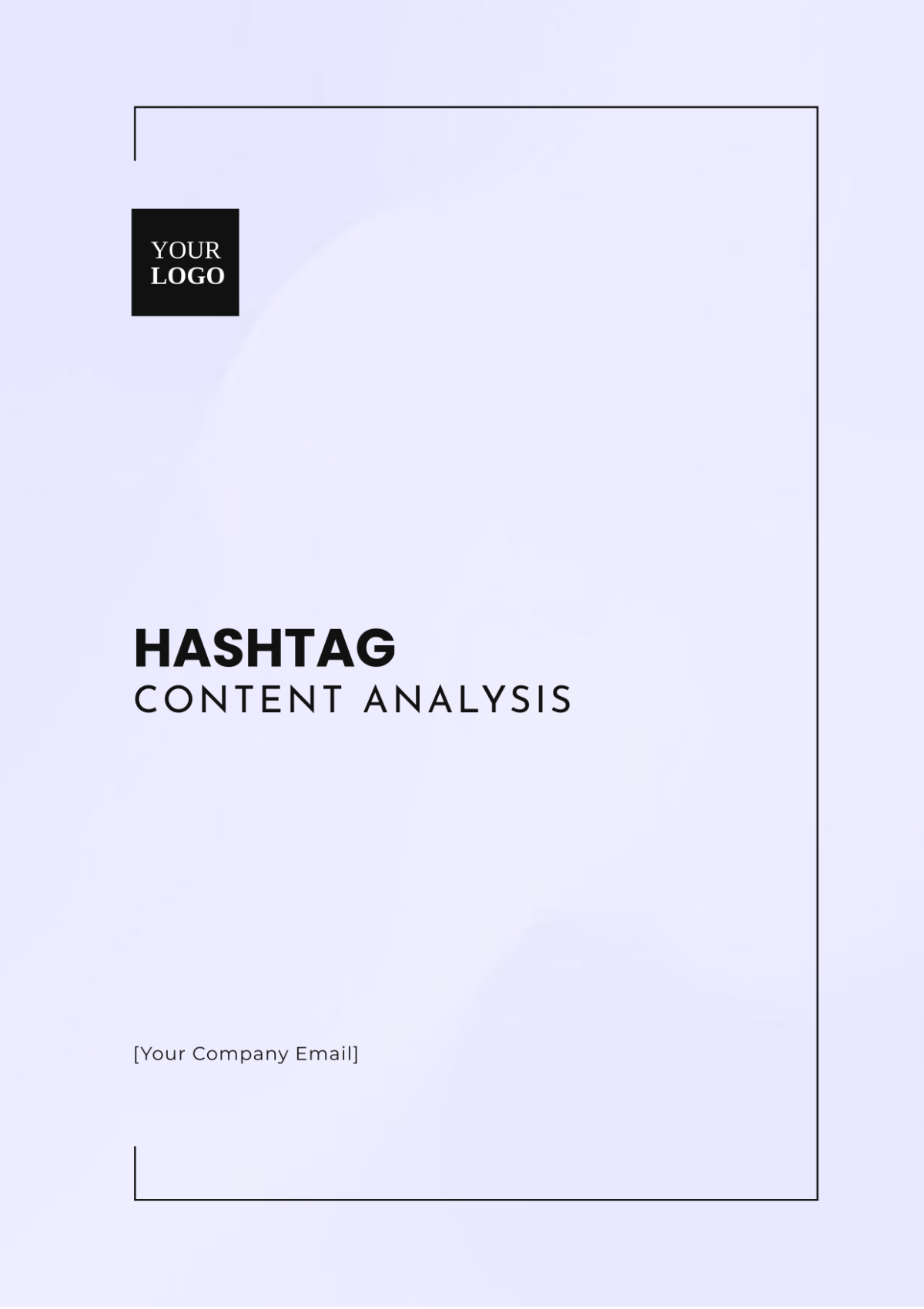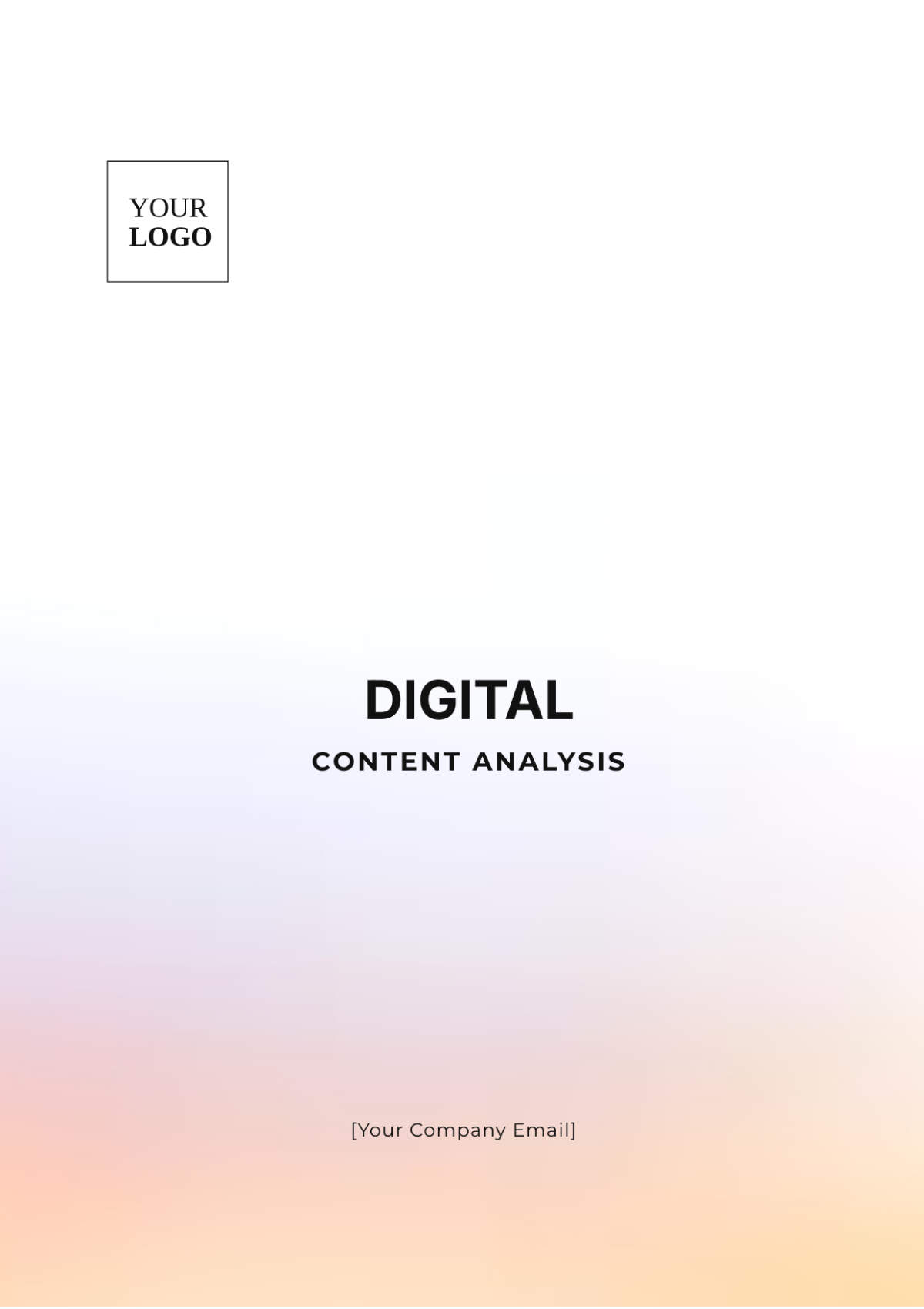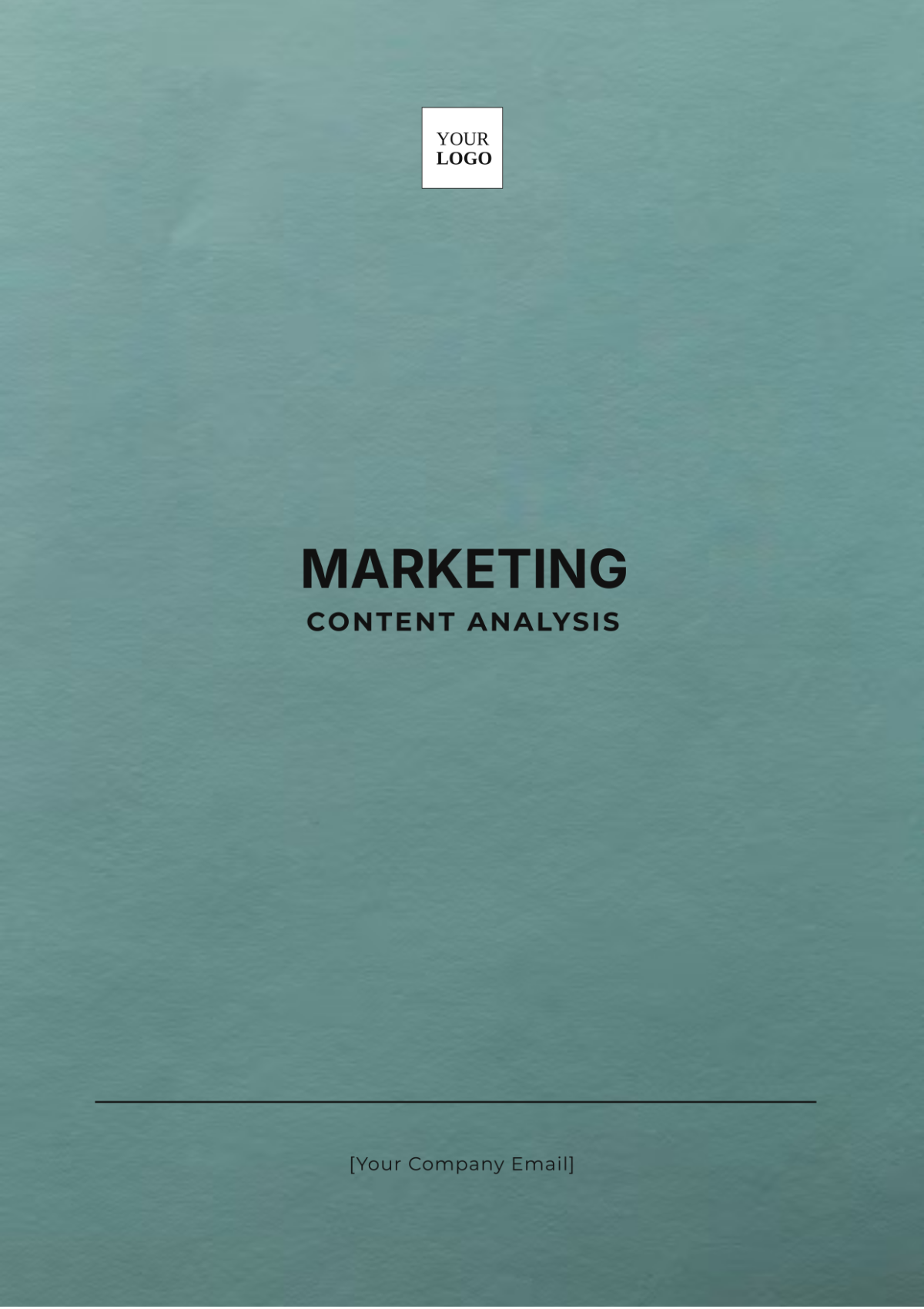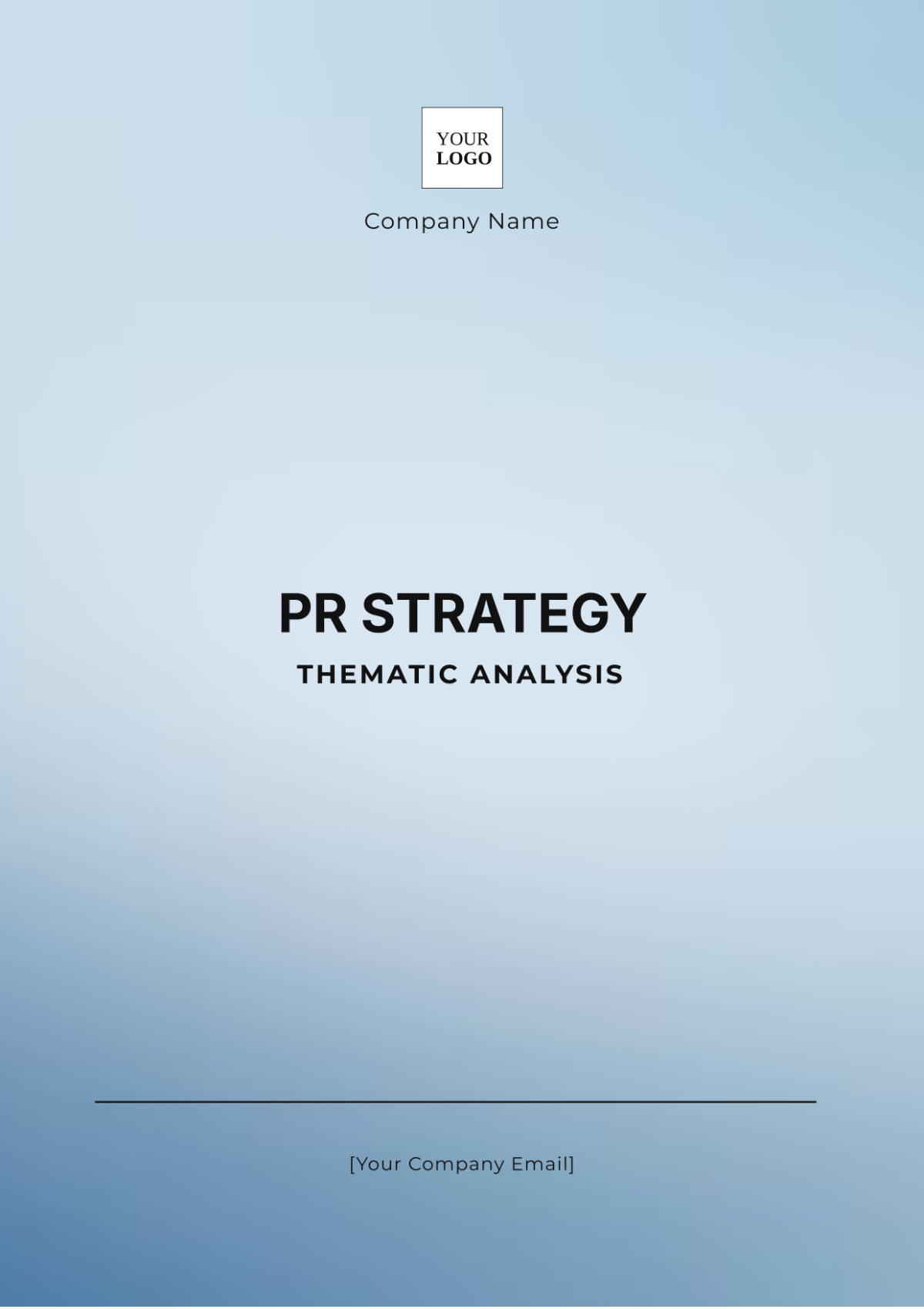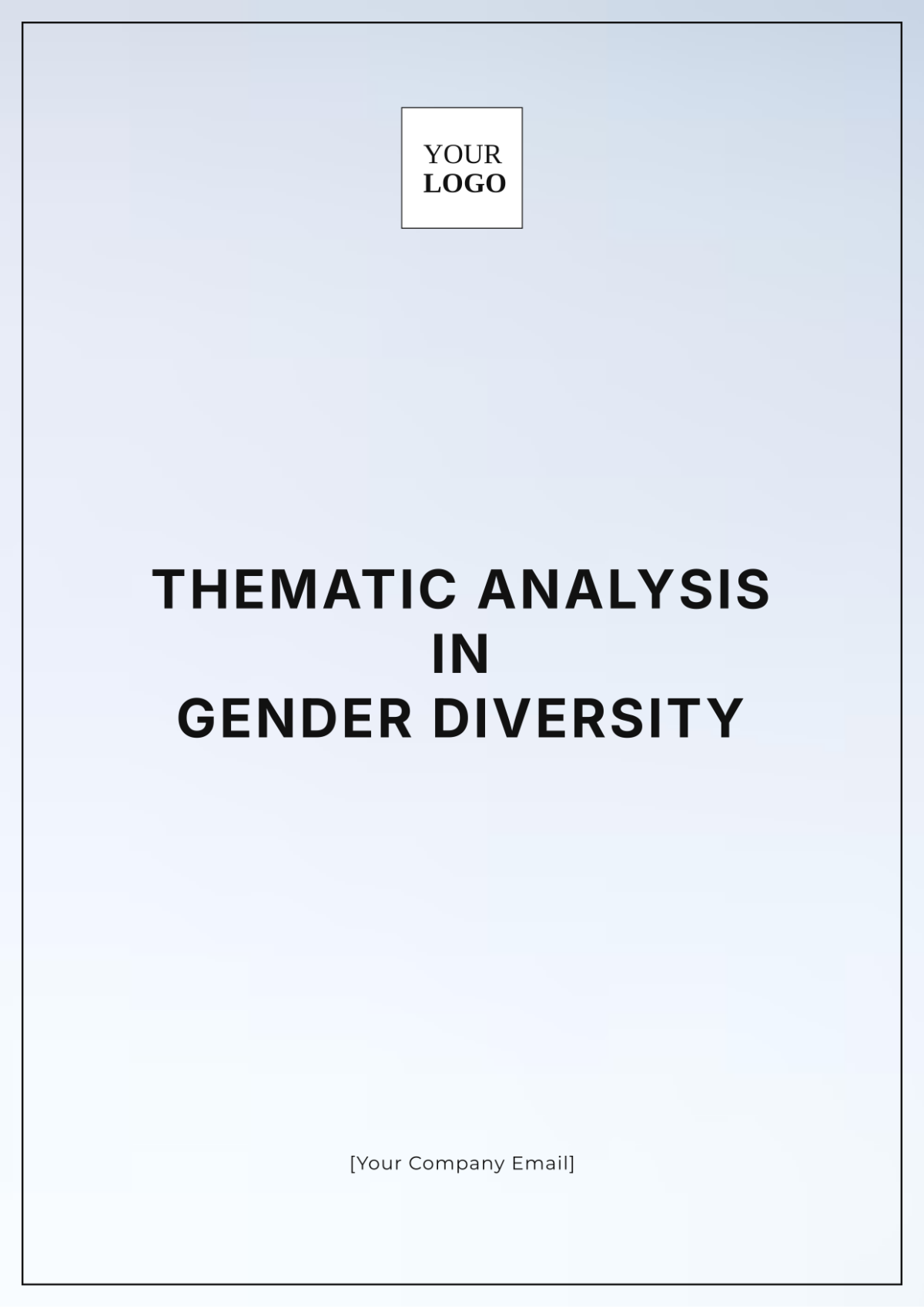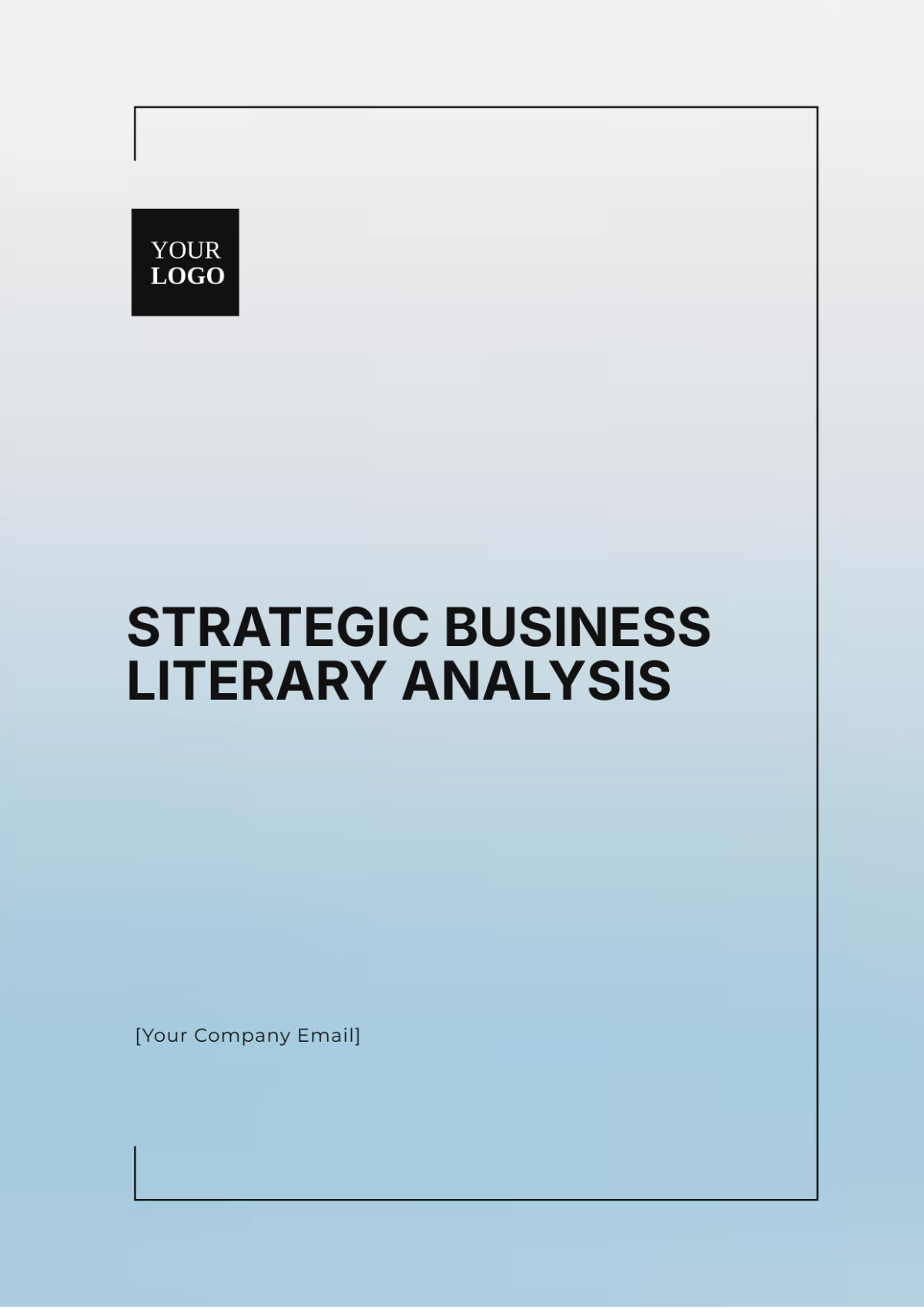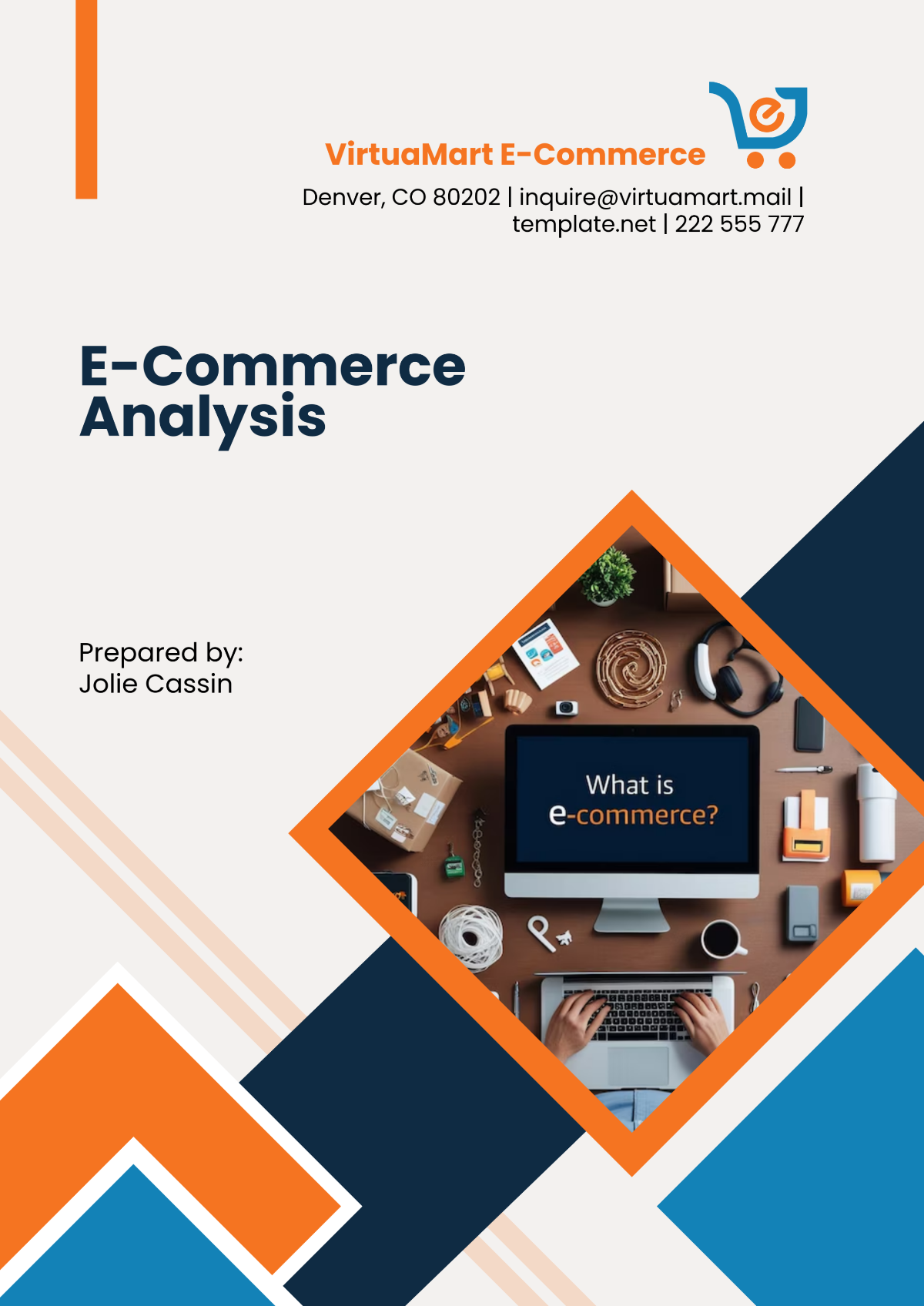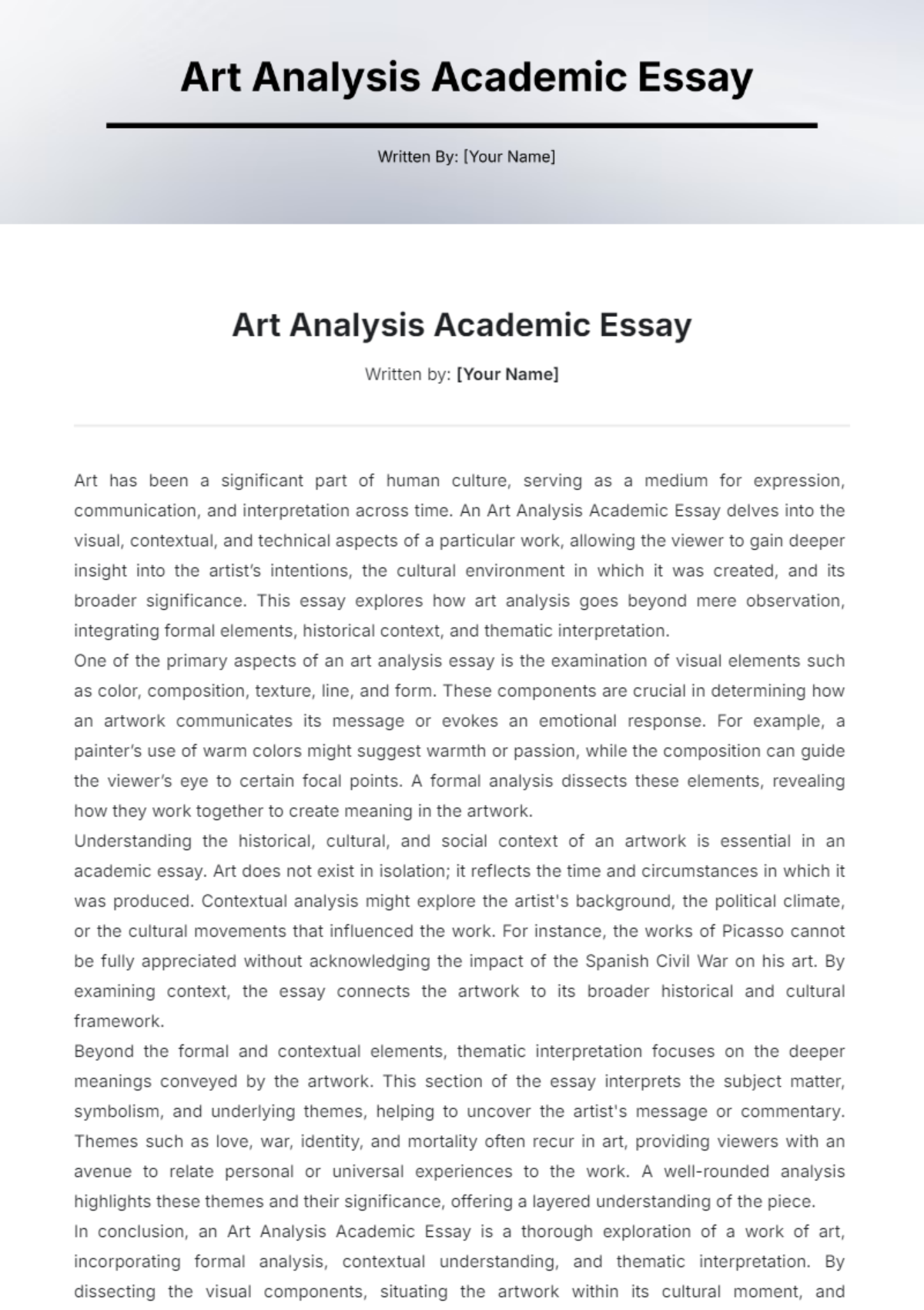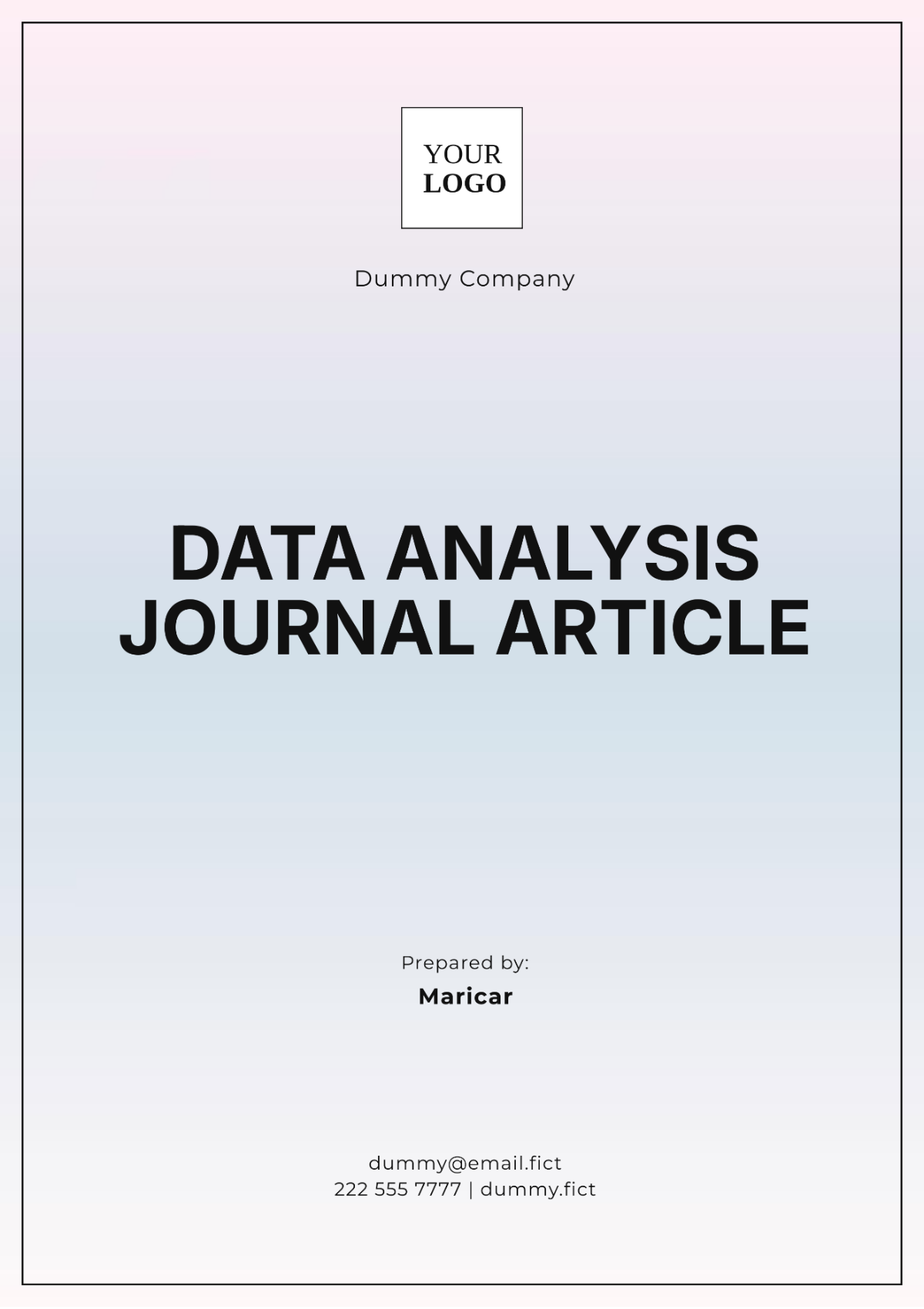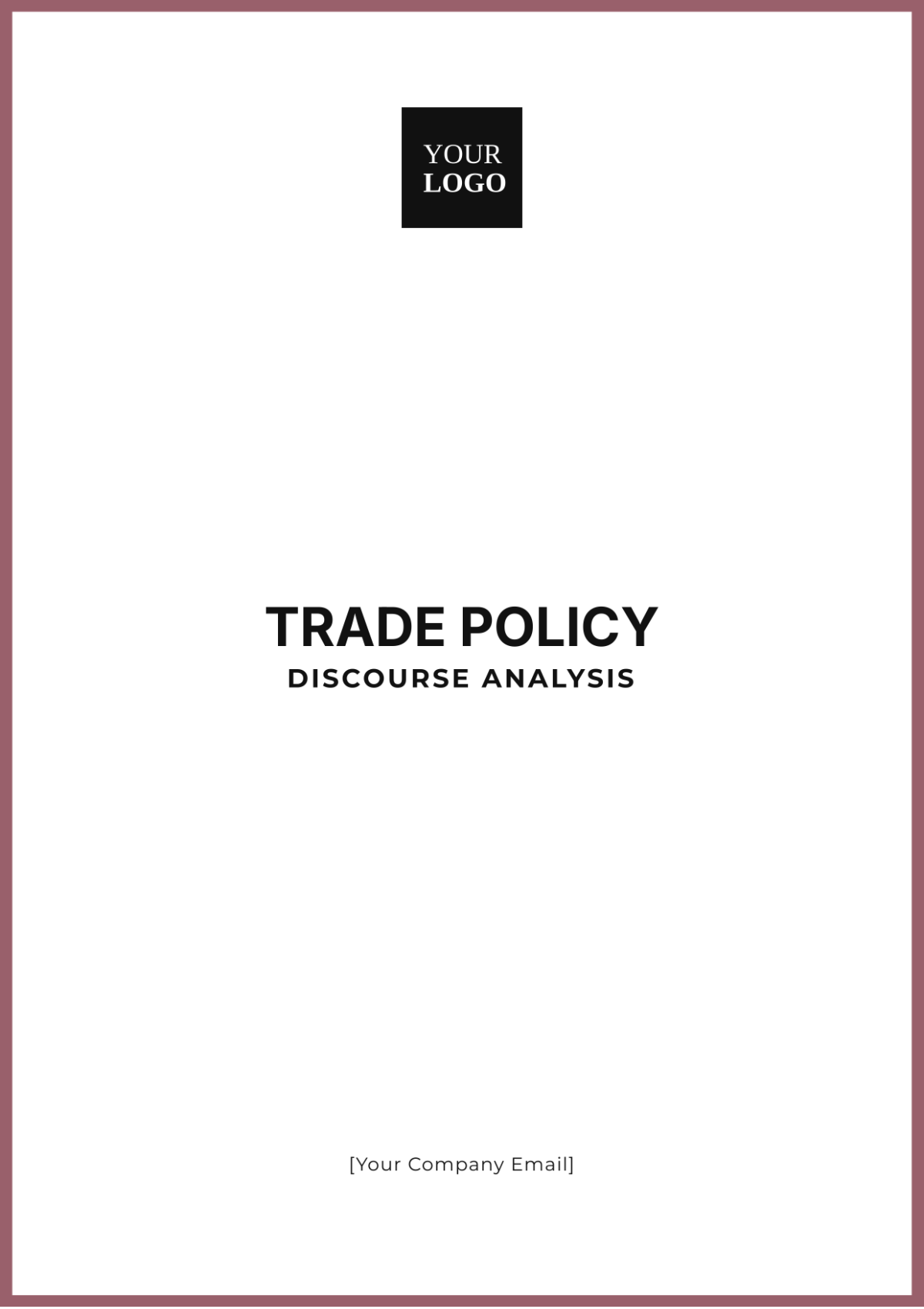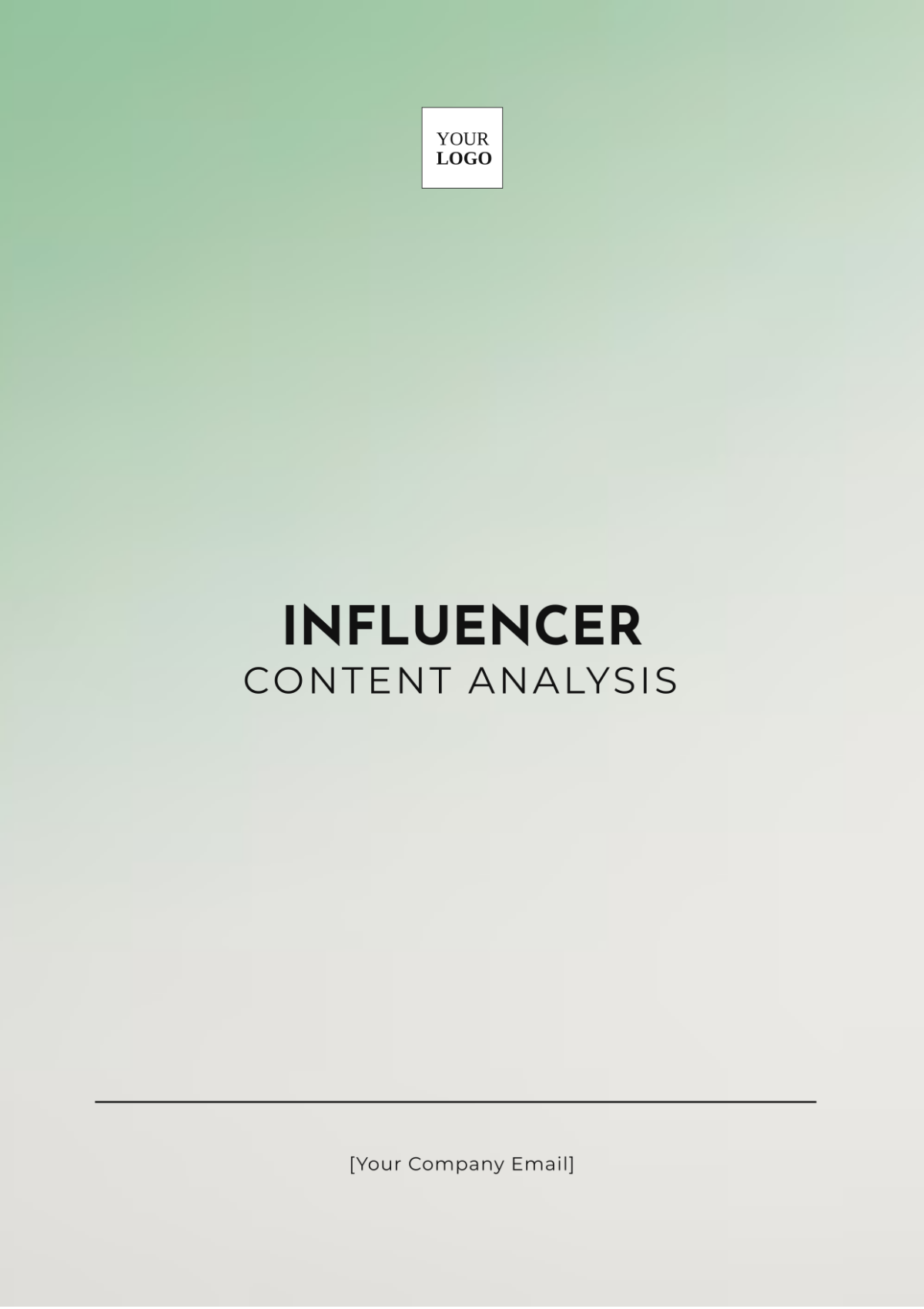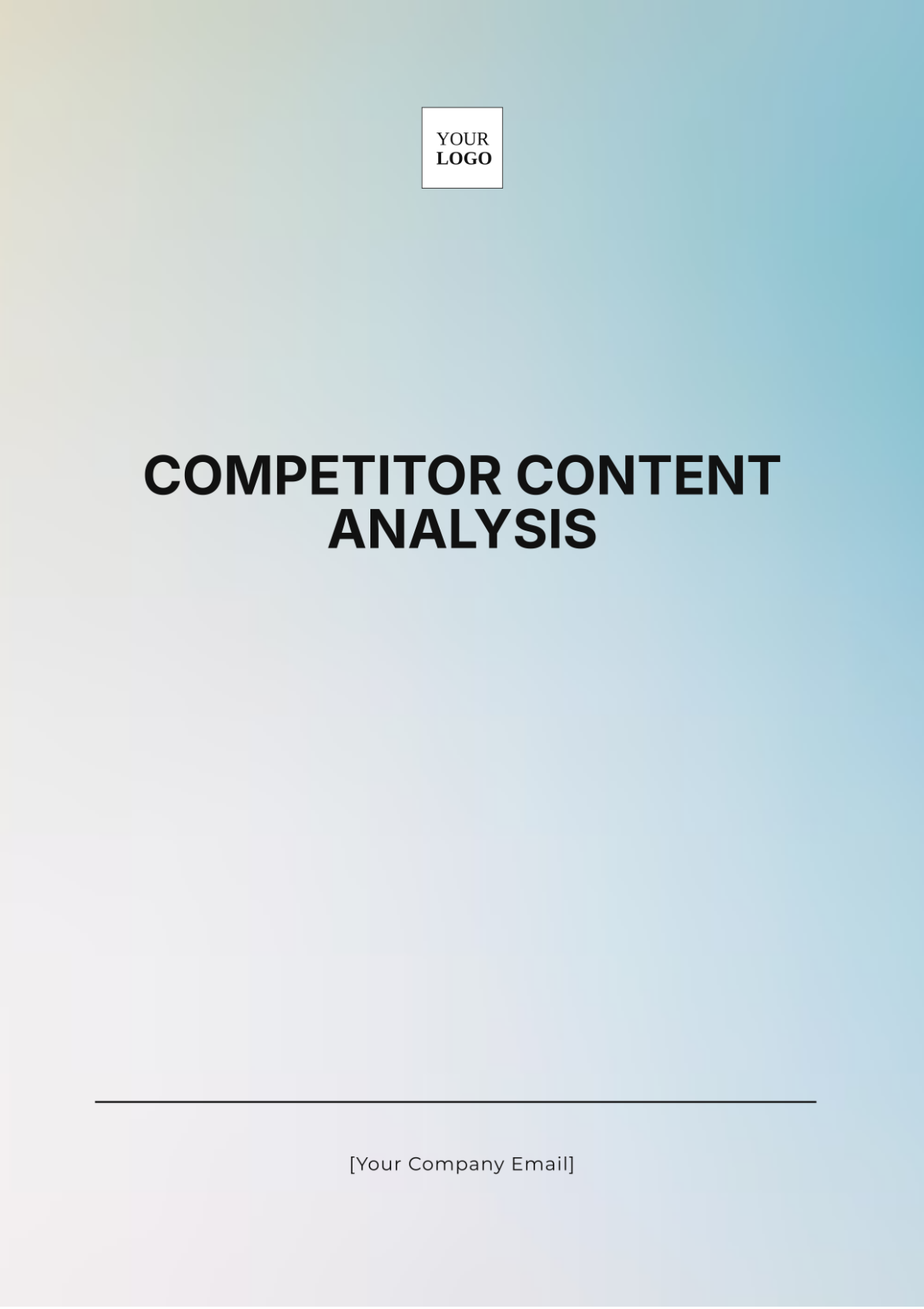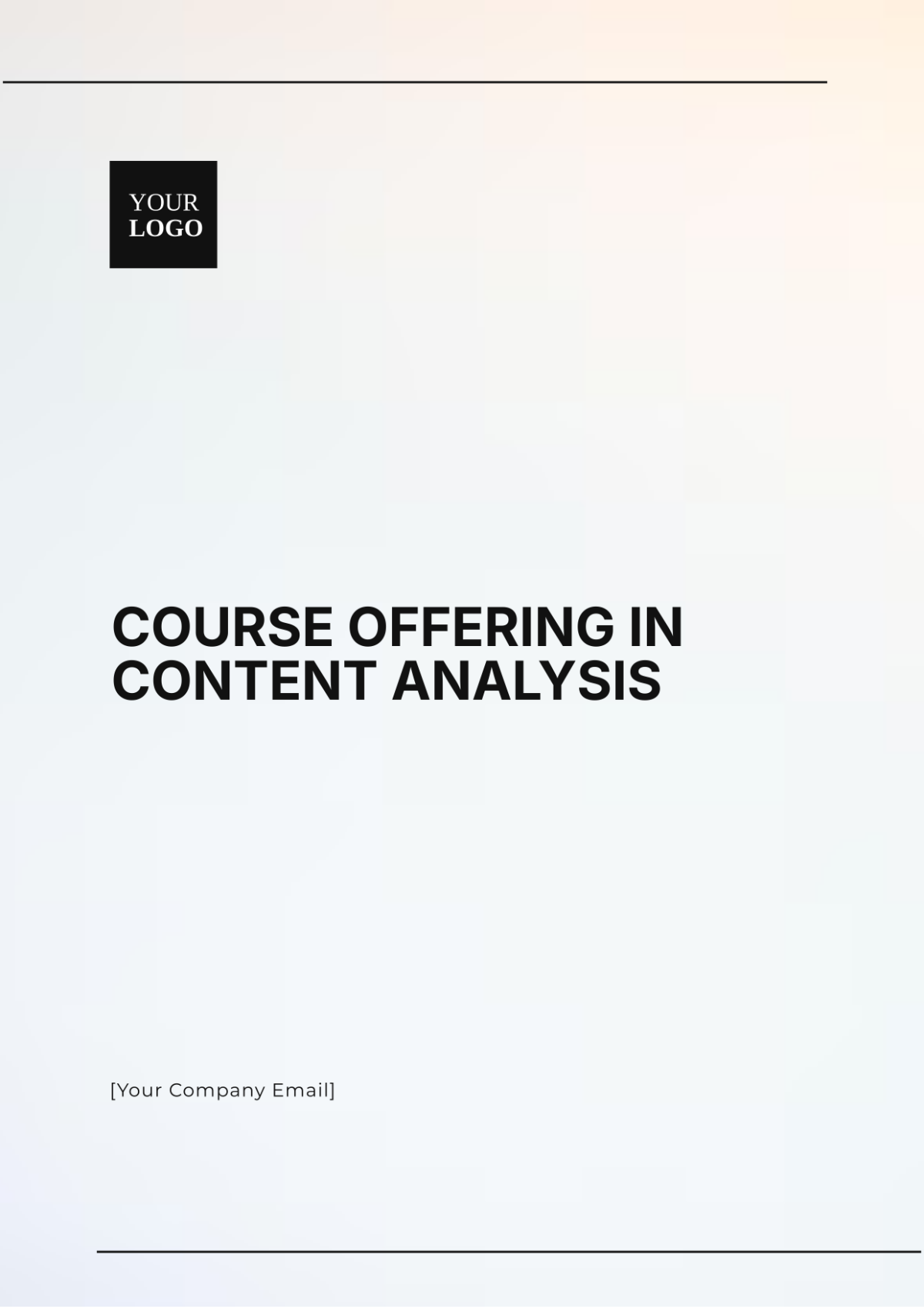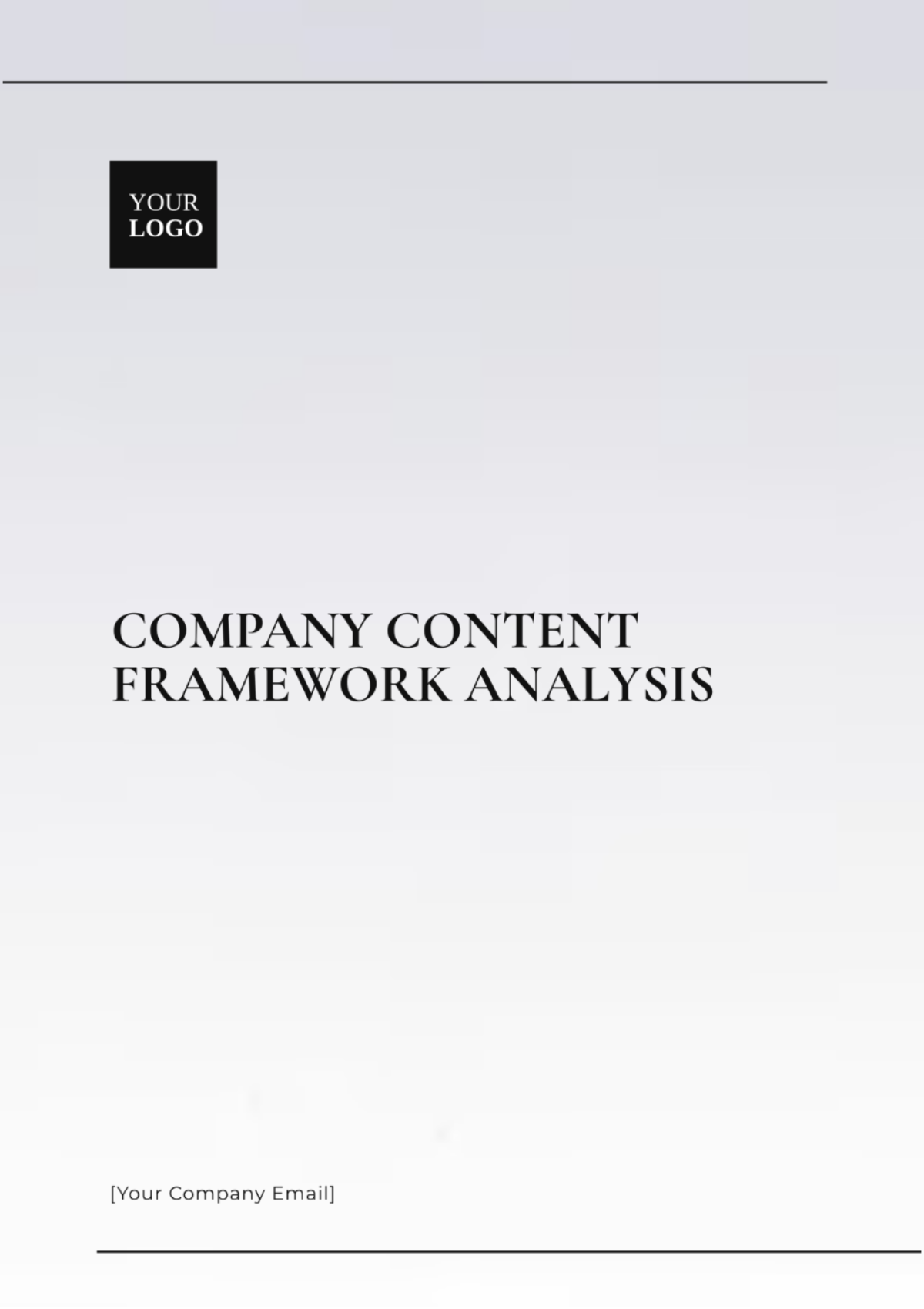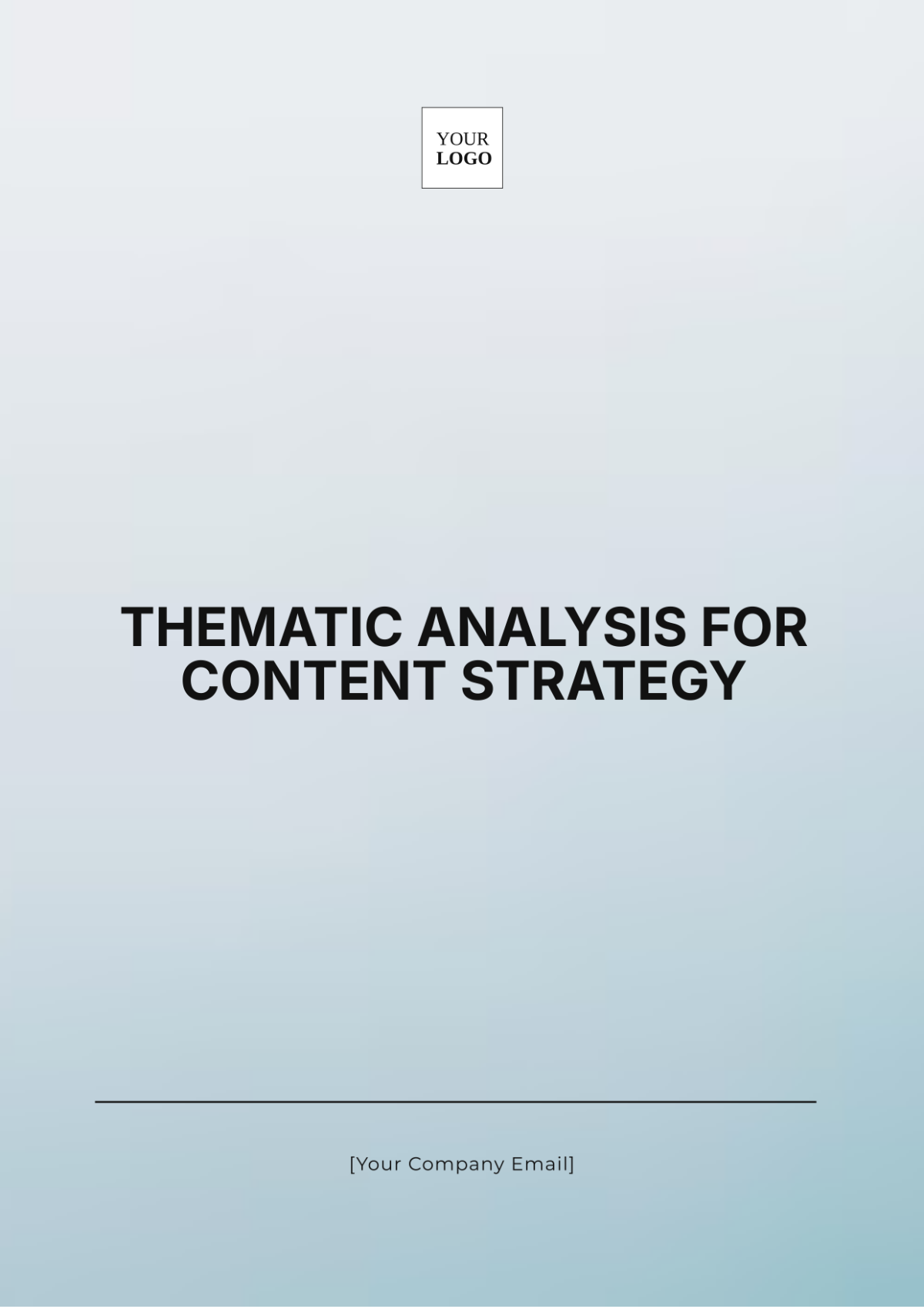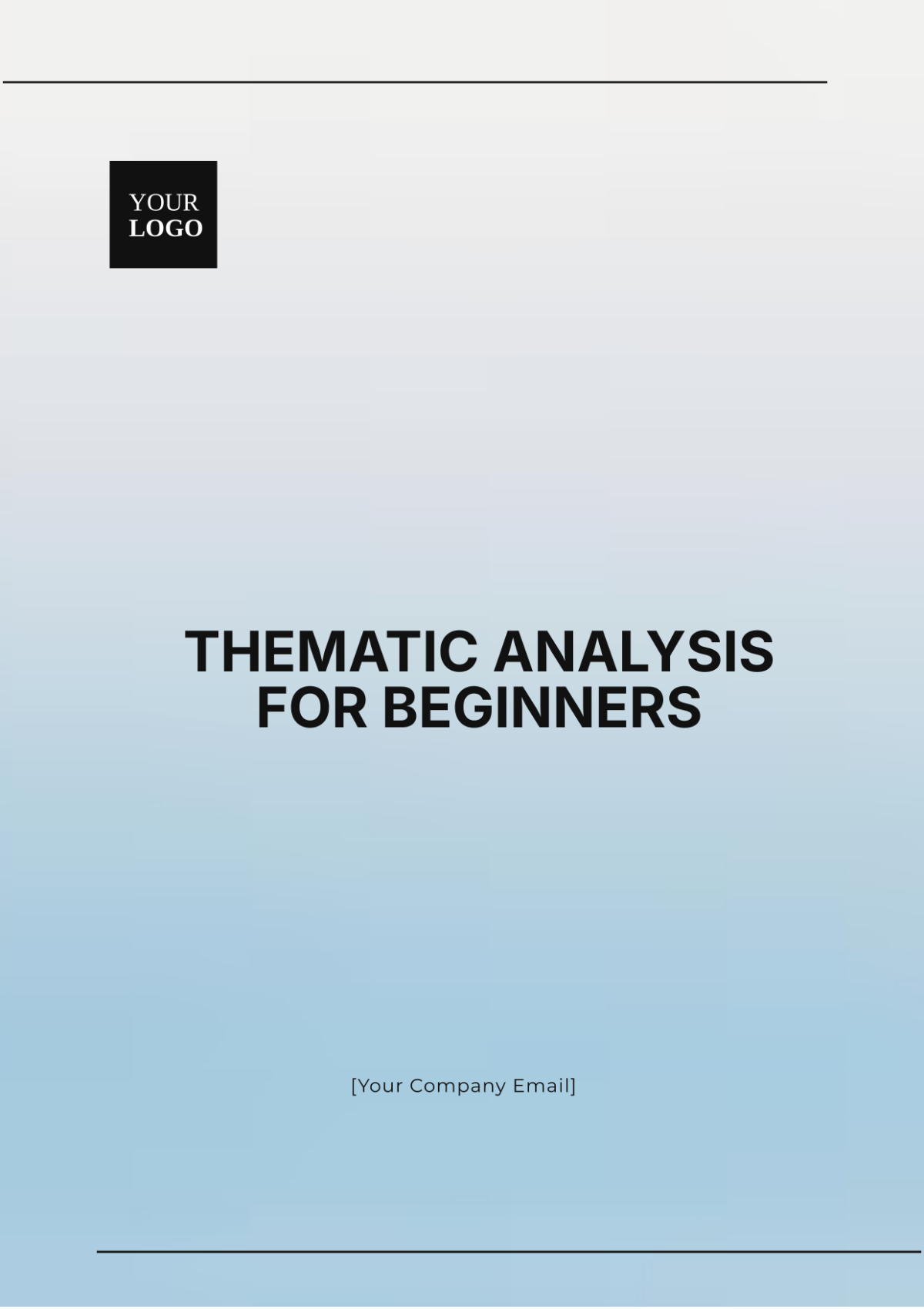Competitor Content Analysis
Prepared by: [Your Name]
Date: [Date]
1. Introduction
Competitor Content Analysis is a critical process for understanding the landscape in which your business operates. By analyzing the content strategies of your competitors, you can gain insights into their strengths and weaknesses, identify opportunities for differentiation, and develop a more effective content strategy for your brand. This analysis involves examining various aspects of competitor content, including topics, formats, distribution channels, and audience engagement.
2. Methodology
The analysis is conducted using a structured approach to ensure comprehensive coverage and actionable insights. The key steps include:
Identifying Competitors: Select direct and indirect competitors within your industry.
Collecting Data: Gather data on their content across different platforms.
Analyzing Content: Evaluate the content based on predefined criteria.
Reporting Findings: Summarize insights and recommendations in a detailed report.
3. Competitor Overview
Competitor | Industry Segment | Key Content Types | Primary Platforms |
|---|---|---|---|
Competitor A | E-commerce | Blog posts, product reviews | Website, social media |
Competitor B | Technology | Whitepapers, case studies | Website, email newsletters |
Competitor C | Healthcare | Articles, infographics | Website, social media |
4. Content Analysis Criteria
4.1 Topics and Themes
Competitors' content topics and themes reveal their focus areas and target audience interests. Analyzing these aspects helps in identifying content gaps and opportunities.
Competitor A:
Primary Topics: Product reviews, industry news
Themes: Product benefits, market trends
Competitor B:
Primary Topics: Industry insights, technical solutions
Themes: Innovation, problem-solving
Competitor C:
Primary Topics: Health tips, treatment options
Themes: Wellness, patient education
4.2 Content Formats
Different formats appeal to varying audience preferences and can impact engagement levels. Understanding competitors' use of formats can guide your content strategy.
Competitor | Blog Posts | Infographics | Whitepapers | Videos |
|---|---|---|---|---|
Competitor A | Yes | No | No | Yes |
Competitor B | No | No | Yes | No |
Competitor C | Yes | Yes | No | Yes |
4.3 Distribution Channels
Effective distribution channels amplify content reach and engagement. Analyzing where competitors distribute their content provides insights into successful strategies.
Competitor A:
Channels: Website, social media (Facebook, Twitter)
Frequency: Daily posts on social media, weekly blog updates
Competitor B:
Channels: Website, email newsletters
Frequency: Bi-weekly newsletters, monthly whitepapers
Competitor C:
Channels: Website, social media (LinkedIn, Instagram)
Frequency: Weekly articles, bi-weekly infographics
4.4 Audience Engagement
Engagement metrics help assess how effectively competitors connect with their audience. Key metrics include likes, shares, comments, and click-through rates.
Competitor | Average Likes | Average Shares | Average Comments | Average Click-through Rate |
|---|---|---|---|---|
Competitor A | 300 | 150 | 50 | 2.5% |
Competitor B | 150 | 75 | 25 | 1.8% |
Competitor C | 400 | 200 | 100 | 3.0% |
5. Key Insights
Content Gaps:
Competitor A: Lacks in-depth technical content and whitepapers.
Competitor B: Limited use of visual content such as infographics.
Competitor C: Minimal presence in email marketing.
Opportunities for Differentiation:
Competitor A: Opportunity to develop comprehensive whitepapers and case studies.
Competitor B: Potential to leverage infographics and interactive content.
Competitor C: Expand into email marketing with targeted campaigns.
Best Practices:
Utilize diverse content formats: Combining blog posts, infographics, and videos can cater to different audience preferences.
Optimize distribution channels: Regular and varied distribution can enhance reach and engagement.
Focus on engagement: Tailoring content to encourage interactions can boost audience connection.
6. Recommendations
Based on the analysis, the following recommendations can help enhance your content strategy:
Develop a Balanced Content Mix: Incorporate a variety of formats, including blogs, whitepapers, infographics, and videos, to address different audience needs.
Expand Distribution Channels: Leverage both existing and new channels to maximize content reach.
Enhance Audience Engagement: Focus on creating interactive and engaging content to improve audience interaction.
7. Conclusion
Competitor Content Analysis provides valuable insights that can drive strategic content development and marketing efforts. By understanding competitors' content strategies and performance, you can identify opportunities for differentiation and enhance your content approach. Implementing the recommendations from this analysis will help in creating a more competitive and effective content strategy.


